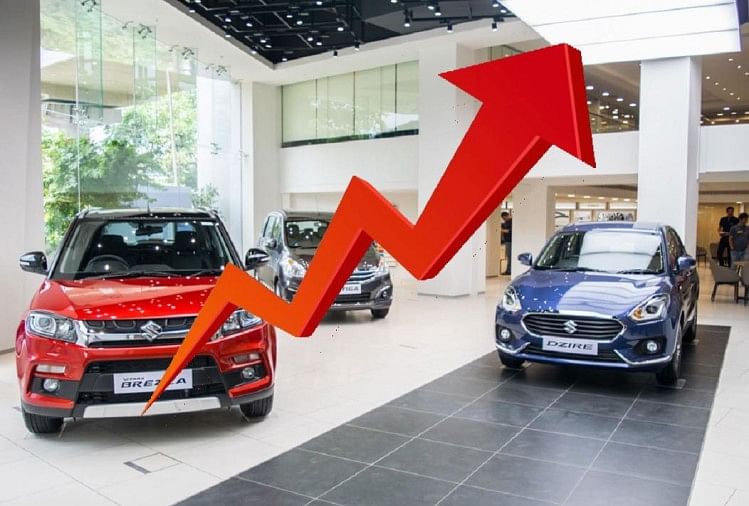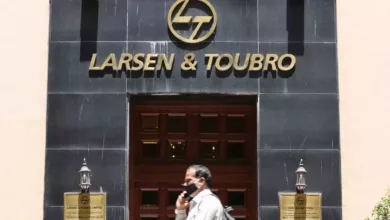
Looks like Maruti Suzuki knows how to stay in the headlines since this is probably the second time in a week where all we can talk about is this automobile manufacturer. Even though the reasons for making headlines haven’t been entirely positive every time, there’s no denying that they have been, in fact, very intriguing. Well, so is the current one, with the Maruti Suzuki’s declaration of a third hike in their vehicle prices this year, all set to take place in September.
The market leader’s third recurring event this year comes ahead of the industry’s peak season with the approaching festivals. Even though all automobile manufacturers raised their prices in the past few months of the calendar year in alignment with the current hike in key input prices like that of metals and precious materials. The industry has been passing on the increased marginal costs to the consumers, fuelling the already rising price levels. Here are some details that you need to know about the price hike-
Details of the price hike by Maruti Suzuki-
Other than the fact that this is the third time in the row that a price rise is coming, another reason it is making this much buzz is because of the probable rate of change. Back in January 2021, a 1.4 per cent price hike was made in the vehicles of the automobile manufacturer, which was later followed by a 1.6 per cent increase three months later.
This time around, however, the hike is expected to be around 3-4 per cent, the largest price rise as yet. Even though the official numbers haven’t been released by Maruti Suzuki India Ltd. as yet, reports suggest that the amount would be within the mentioned range, with the hike taking in effect from September.

Why is the price increasing, for the third time in the year?
Like most other automobile manufacturers, this industry leader is also pressure by high input costs as a result of the hiked commodity prices since the beginning of the first quarter of this financial year. Even though the inflation rates of the country have been soaring beyond the targeted bracket since 2019, the recent overall inflation has resulted in and is being reflected in the substantially high cost of metals and other raw materials.
As mentioned, all automobile manufacturers have raised the prices of their vehicles in the due time. However, the price hike made by Maruti Suzuki India Limited, as yet, has not been as substantial as the actual cost increase has been.
This is in correlation with the statements being released by the official sources of the company, which explain that the price hike has been kept at the low despite significant price changes in the inputs and overdue pressure since the past 15 months, with the expectations that the blow would soften eventually, as opposed to what the reality has turned out to be.
The Senior executive director of marketing and sales at Maruti Suzuki India Limited, Shashank Srivastava, in a recent statement raised the fact that given the price hikes undertaken in the past 2 turns haven’t been sufficient to cover the cost pressure appropriately, the company is left with no choice but to go for another hike, and this time, it would be a considerably substantial one, in line with the input cost increases. This has been quoted as one significant source of official reports, claiming the magnitude of the hike to be between 3-4 per cent, more than double the earlier percentage points.
The timing of this hike, however, has been discussed as one considerably imperative notion since it comes ahead of the festive season, when the sales usually go up for the sector, and especially for the industry leader. Even though some experts suggest that the increased production in the precedence of the peak season would help the company achieve economies of scale, others worry that it may not be enough to cover the cost pressure that has been accumulated over the past 15 months. As a result, the said price hike is being as a rather necessary step, instead of a voluntary move.
What is these input price hikes? How does commodity price impact the cost of manufacturing?

The price hike in the commodity prices has been observed since April 2020, most of which has been much more substantial than what the intermediate prices of finished products entail. However, the continuous rise till now has forced manufacturers and production houses to pass the burden on to consumers, as seen in the price hikes in almost all industries.
As for the automobile sector specifically, the hike in the price of metals and precious metals has been the root cause of inflated cost pressures, since they form a major chunk of the production process. To factually state the substantiate change, note that while steel prices have risen from around Rs 38,000 per tonne in May 2020 to over Rs 65,000 per tonne now, the price of copper has nearly doubled from $5,200 per tonne to $10,200 per tonne in the same period. The price of aluminium has risen by around 80 per cent in the same period, as explained by Shashank Srivastava, Senior executive director of marketing and sales at Maruti Suzuki India Limited.
Steel and copper are not the only metals whose price hike is troubling the manufacturers. Rhodium, a precious metal used in catalytic converters and is required to meet the stringent emission norms, has also seen a substantial increase in its price in the past 15 months. As per official numbers stated by the company sources, the price of Rhodium has increased from, INR 18,000 per gram in May 2020 to INR 64,000 at the present moment.
Insiders say that following the BS6 emission norms, the use of Rhodium has increased worldwide in vehicle manufacturing and that in turn is leading to a rise in its price.
This hike in precious metals and other input raw materials has been a cumulative result of the global supply shortage with respect to the trade restrictions imposed by the pandemic and the uneven economic mobility around the globe with effect to the vaccination rates, as well as the overall prolonged price increase in the world due to the economic policies adopted to stabilise the economy during the whole mess.
Usually, the ups and downs in these input prices, if not too substantial, are covered over a series of events but are not directly communicated to the consumer through a hike in the vehicle prices. This time around, however, the cost pressure has been way too prolonged and large to be able to contained within the production capacities.
How about demand ahead of the festive season?
The discussions on discretionary consumption not being completely recovered post-pandemic take specific significance at the moment because a further price hike in the vehicle prices ahead of the festive season would crunch the already burdened real income of the consumers. Experts suggest that this price hike would affect the demand, but manufacturers claim that this is the only option for them to go.
The rising fuel prices, which are now almost past triple digits, have already impacted consumer sentiment. As a result, this price hike would fuel the fire on the consumer’s affordability crunch. If resulted in the employees asking for an increase in wage in alignment with the increase in costs, these price hikes could see permanence in the coming months as the prospects of these price levels being transitory would considerably diminish.
Edited by Sanjana Simlai.




